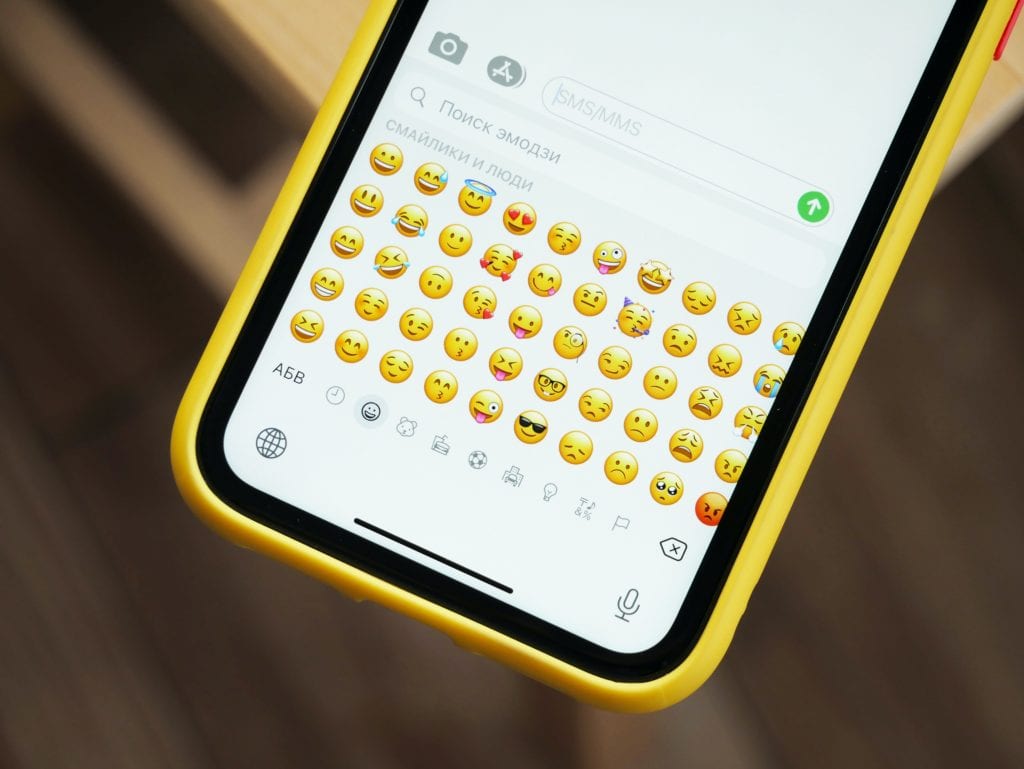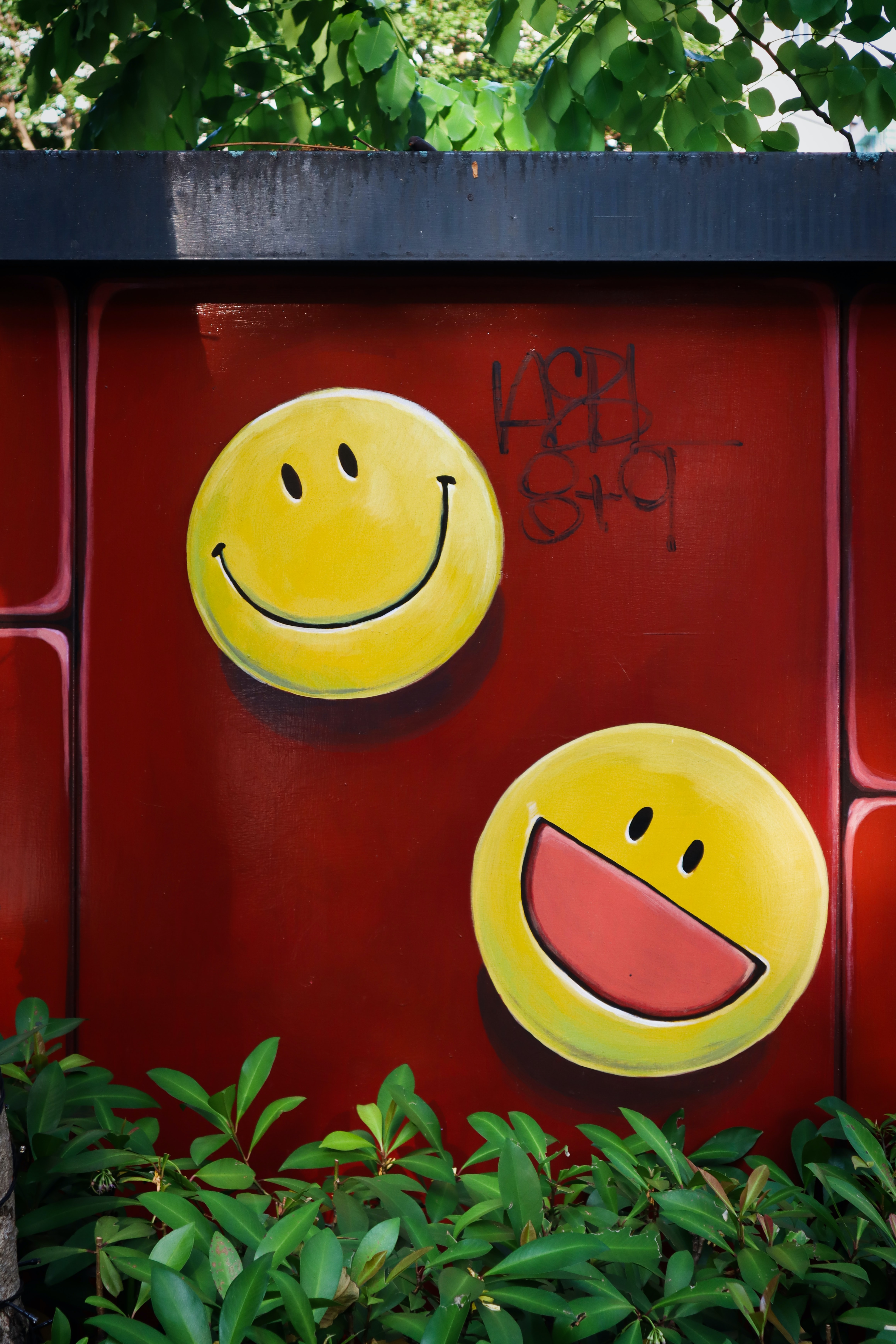The Evolution And Use of Emojis In Our Language Today
Emoji meanings have changed over the years in context and use. The designers certainly could not have foreseen the crazy ways their cute faces and animations would be used.
A research team of the University of Edinburgh, UK, went through billions of tweets to track how emojis were used in recent years. Studying the tweets, they examined the words and emojis used and their meaning based on their surrounding words. They also noticed changes in the meaning of emojis over time.

Through this research, a shocking discovery was made: emojis are displacing words.
Although emoticons have been around since the early 1980s, social media and keypads made their use more widespread in the 2000s.
The initial purpose of emojis was merely to add context to words, but now they have become more important and often replace words entirely.
While a decade ago, we might have shortened “that was so funny” to “LOL,” and today, we use only an emoji to express the same meaning.
A study conducted by Albert Mehrabian in the 1950s showed that communication is only 7 percent what a person says, 38 percent how one says it, and 55 percent the way one behaves.

This explains emojis’ development as a language. Face-to-face communication requires no additional words to express “I am angry” because your tone and body language are apparent. Text-wise, emojis do that for us.
Actions speak louder than words, and so body language plays an integral part in communication. But in the digital space, where bodily expression isn’t mandatory, emojis speak louder.
